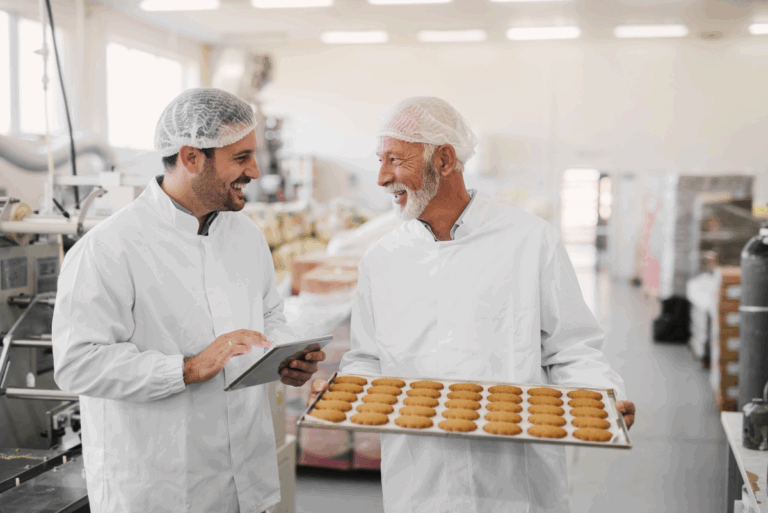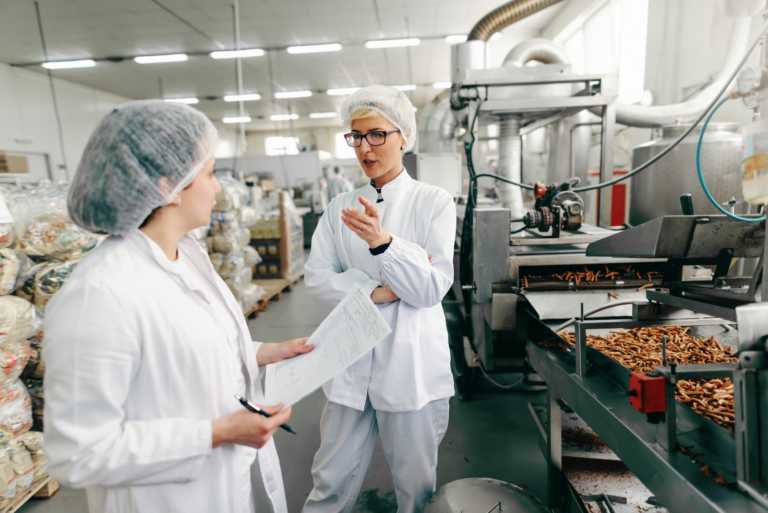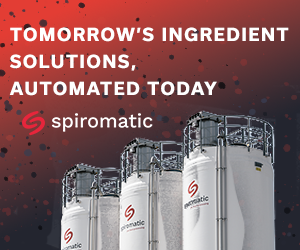KANSAS CITY, MO — As a testament to AI’s increasing use in recipe formulation, the Institute of Food Technologists (IFT) launched its AI-powered R&D platform, CoDeveloper, at this summer’s IFT FIRST event. Designed to speed up formula development and help food scientists with ingredient substitutes, texture improvement, clean-label reformulation and flavor development, the platform features a generative AI co-scientist, advanced formulation tools for iterative development and science-optimized reverse engineering.
While AI tools have value in individual areas of new product development, their strength lies in cross-functional application. When Chicago-based Mondelez International decided to innovate on its Chips Ahoy! cookie, the company turned to AI for help. Project leaders took steps to ensure team-wide adoption of the new approach to product development.










